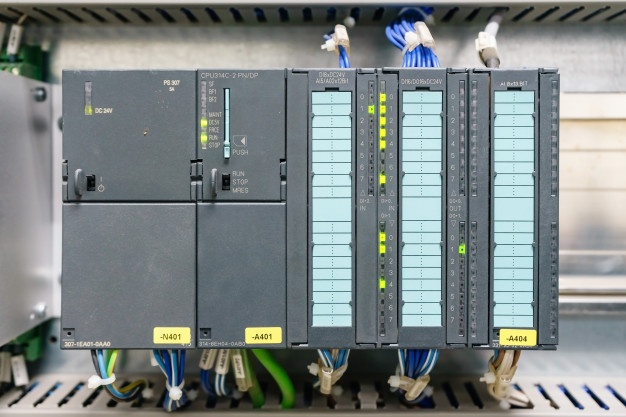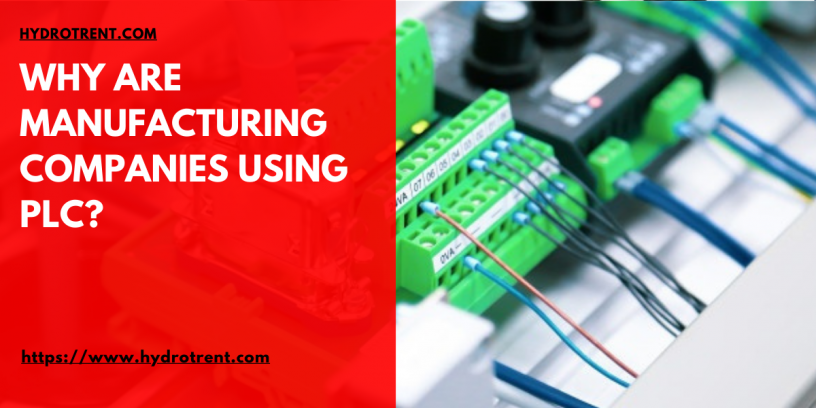PLCs will continue to make their presence known due to their intrinsic versatility and stability. They are versatile enough to adapt to different environments and tasks, but basic enough that even technicians with no previous programming or scripting experience will easily understand them.
There are unique features of PLCs that make them the chosen option for industries that depend on such systems. Oil & Gas, water supply providers, food and beverage production and public works usage are only a few examples of businesses that rely on the opportunities that PLCs offer.

1) The PLC are easy to programme
When anyone promotes the simplicity of the PLC scheme as an advantage, they talk about how certain processes can be programmed by people with perhaps the most perfunctional levels of experience.
This ensures that it’s as easy for a technician to deal with as a customer. You can also extend the PLC method by programming it to obey a series of instructions when those conditions are valid.
For such a vast variety of uses across markets, staff in each organisation will have their own expertise. When using a PLC, the simplicity of scripting control logic in the framework ensures that you don’t need someone who knows the complexities of machine languages to rewrite programmes when a task or application shifts.
2) PLCs can have a unified programming environment
PLCs are the preferred way of monitoring, calculating and performing tasks in complex manufacturing and industrial applications, since they play well with other systems. PLCs fit well with PCs, PACs (programmable automation controls), gesture controllers, and HMIs.
However, to be functional, the centralised environment has to be well-planned, and it should not be too complicated for the user to run. However, PLCs located within a broader programming environment enable users with a basic level of understanding to access various functions that interact with each other, feed each other’s data and perform complex tasks.
(3) PLCs Collect Robust Data
The number of inputs you set to the PLC system is up to the customer. This means that there is no limit on the number of data sources or the volume of data flowing in. Measuring instruments, cameras, and motion controllers can pick up a number of parameters, but it is up to the user to define how this data is gathered and how the output is displayed.
4) PLCs can be used for predictive maintenance purposes
As PLCs are now fitted with increased memory and computing capabilities, they can be configured to handle complex and heavy-duty tasks. Predictive management is one such activity. The power of predictive maintenance, particularly at the start of Industry 4.0, cannot be overstated.
In a linked warehouse, which is one of the characteristics of the fourth Industrial Revolution, one piece of machinery may be connected to and responsible for the operation of many other processes. Predictive maintenance, however, will greatly improve productivity and make downtime a less regular and less catastrophic occurrence.
Predictive maintenance continues with preventive maintenance. If the specific equipment crosses the pre-programmed threshold, the sensor will be switched off, telling the technician that the equipment needs to be maintained or replaced. Sufficient of these notes are then gathered as data points to communicate to the device about which variables forecast wear and tear or an imminent problem. PLCs will interface with the SCADA to view maintenance schedules or allow for modular configuration of new maintenance regulations.
For more information about Plc System Malaysia, please visit https://www.hydrotrent.com















